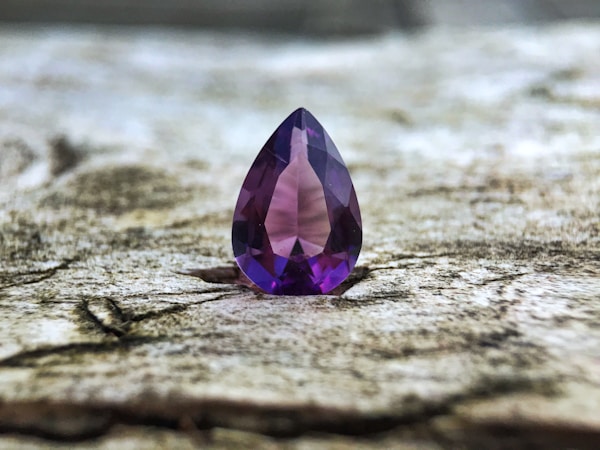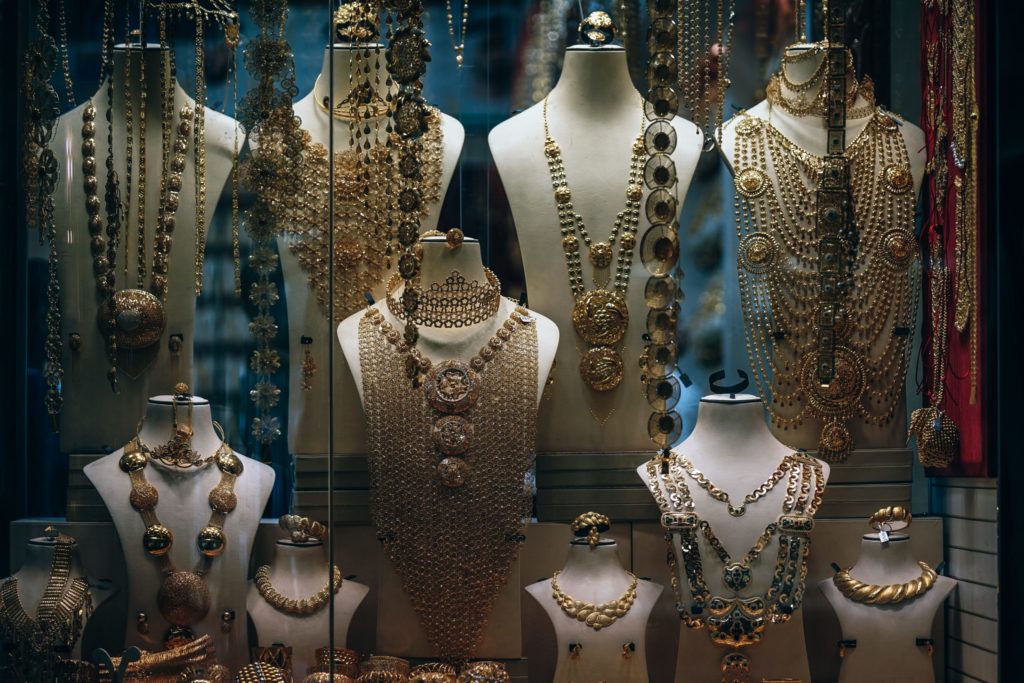The history of jewelry is long and varied, with different cultures placing different levels of importance on adornment. For some, jewelry is simply a decorative accessory. For others, it is a status symbol or a form of currency. Keep reading to learn more about the history of jewelry and its role in various cultures.
Initial Jewelry

Initial jewelry was first created as personal identifiers for the wealthy. These pieces were often very intricate and made of gold or other precious metals. They would be engraved with the owner’s initials or a special symbol, which would set them apart from other pieces of jewelry. Over time, initial necklace jewelry began to be used as gifts between friends and family members. The tradition continues today, with people often giving personalized initial necklaces, bracelets, or rings as presents.
Gemstones and Enameling

The Byzantine Empire was the continuation of the Roman Empire in the East, with Constantinople (present-day Istanbul) as its capital. It flourished during the 5th to 15th centuries, when its territory included much of southeastern Europe, Asia Minor, and northern Africa. The Byzantines were great patrons of jewelry and other forms of luxury art. Many different gemstones were used in Byzantine jewelry.
Some of the most popular were amethyst, carnelian, chalcedony, peridot, citrine, goldstone, and turquoise. The Byzantines often combined several types of gemstones in a single piece of jewelry. Enameling was also a popular form of decoration in Byzantine jewelry. Enamel is made by fusing powdered glass onto a metal surface. It can be used to create colorful designs on jewelry ornaments such as pendants, earrings, and rings.
Jewelry Significance in India

Since ancient times, jewelry has been worn by people all over the world as a form of adornment. Each culture has its own unique history and meaning behind its jewelry. In India, jewelry holds a special significance in the country’s culture and is often passed down through families from generation to generation. Indian jewelry is typically made from gold, silver, or gemstones. It is often intricately designed and features a variety of symbols that have religious or cultural significance. For example, one popular design motif used in Indian jewelry is the lotus flower which symbolizes purity and enlightenment. Other common designs include elephants, peacocks, and intricate paisleys.
In India, it is considered an honor to wear traditional jewelry pieces such as necklaces, bracelets, earrings, and rings. They are typically given as gifts to celebrate important events such as births, weddings, and anniversaries. Indian Jewelry is not only beautiful but also carries with it a deep cultural meaning that makes it very special to the wearer.
Japanese Jewelry
The history of jewelry is as old as civilization itself. People have been adorning themselves with jewelry since prehistoric times. The first jewelry was made from natural materials such as bone, ivory, shells, and stones. Over the centuries, jewelry has evolved into a vast and intricate art form that reflects the culture and values of the people who wear it.
In Japan, jewelry has a long and distinguished history. Japanese Jewelry is considered to be some of the finest in the world and is highly coveted by collectors. The earliest Japanese jewelry was made from simple materials such as wood, clay, bronze, and gold. In later years, more elaborate materials such as pearls and precious stones were used.
Much like in other cultures, Japanese jewelry has been used to express religious beliefs and social status. Buddhist symbols are common in Japanese jewelry designs, as are images of nature such as flowers and turtles. Since women have traditionally been responsible for household finances in Japan, many pieces of jewelry are designed specifically for them with intricate patterns and motifs that represent prosperity and good luck.
Today, Japanese jewelers continue to produce some of the most beautiful and unique pieces in the world. Their work is highly sought after by collectors all over the globe













